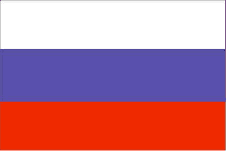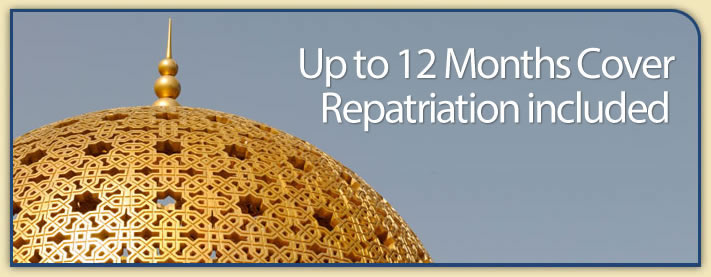Country Guide • Russia

Russia occupies a large area of Eastern Europe and Northern Asia, (almost twice the area of USA). It is bound by the Barents Sea and Norway to the north west, Finland, the Gulf of Finland, Estonia, Latvia, Lithuania and Belarus to the west, Ukraine, the Black Sea, Georgia and Azerbaijan to the south west, the Caspian Sea, Kazakhstan, Mongolia and China to the south, the Sea of Japan to the south east, the Sea of Okhotsk and Bering Sea to the east, the East Siberian and Chukchi Seas to the north east as well as the Laptev Sea, Arctic Ocean and Kara Sea to the north.
| Official Name | Russian Federation |
|---|---|
| Area | 17,075,400km² (6,592,800mile²) |
| Population | 144,526,000 |
| Continent | Europe |
| Population per mile² | 22 |
| Capital City | Moscow |
| Religions | Russian Orthodox, Muslim, other |
| Language | Russian |
| Government | Federation |
| Member of EU | No |
| Currency | Ruble |
| GDP | $1.35 trillion |
| GDP per Head | $9,300 |
| Natural Resources | Wide natural resource base including major deposits of oil, natural gas, coal, and many strategic minerals, timber. Formidable obstacles of climate, terrain, and distance hinder exploitation of natural resources |
| Land Use | Arable Land 7.46% |
| Agriculture | Grain, sugar beets, sunflower seed, vegetables, fruits, beef and milk |
| Industry | Complete range of mining and extractive industries producing coal, oil, gas, chemicals, and metals; all forms of machine building from rolling mills to high-performance aircraft and space vehicles; shipbuilding; road and rail transportation equipment; communications equipment; agricultural machinery, tractors, and construction equipment; electric power generating and transmitting equipment; medical and scientific instruments; consumer durables, textiles, foodstuffs, handicrafts |
| Tourism | 7 million people visit Rissia annually. Russia just in area is huge, twice that of the USA. Places to go are Moscow, St Petersburg, Star City, for space travel paraphenalia. To take in the huge variety of scenery in Russia a cruise along the Volga River between Kazan to Rostov-on-Don, once an Armenian town should be taken |
| Natural Hazards | Permafrost over much of Siberia is a major impediment to development; volcanic activity in the Kuril Islands; volcanoes and earthquakes on the Kamchatka Peninsula; spring floods and summer/autumn forest fires throughout Siberia and parts of European Russia |
| Health Risks | Diphtheria, hepatitis A and B, encephalitis, rabies and typhoid |
| Climate | Northern and Central European Russia has the most varied climate its mildest areas are along the Baltic coast. Summer sunshine may be nine hours a day, but winters can be very cold. Siberia has very cold winters, but summers can be pleasant, although they tend to be short and wet. Southern European Russia: Winter is shorter than in the north. Steppes (in the southeast) have hot, dry summers and very cold winters. The north and north eastern Black Sea has mild winters, but heavy rainfall all the year round. Snow cover lasts from 60 to 80 days in the south and from 260 to 280 days in the Far North. Average temperature ranges in Moscow are from -16 to -9°C in January to 13 to 23°C in July |
| Time | GMT/UTC Moscow +3 hours - Russia is divided into 11 time zones. Summer time is +1 from last Sunday in March to Saturday before last Sunday in October |
| National Days | June 12 Independence Day |
| Visas | All Foreign nationals aswell as British nationals need a visa to enter Russia. During periods of high demand, for example during the summer holidays, you should apply for a visa well in advance. If you live in England, Wales or Northern Ireland you should apply to the Russian Embassy in London |
| British Embassy | Embassy Details |
Information Only
The content above is for information purposes only and we have tried to ensure that the information is as accurate as possible. We cannot accept any responsibility for any inconvenience, loss or injury as a result of the information above. You should always check and verify any critical information like visas, health and safety and customs with the relevant authorities before you travel since information can change at any time.



